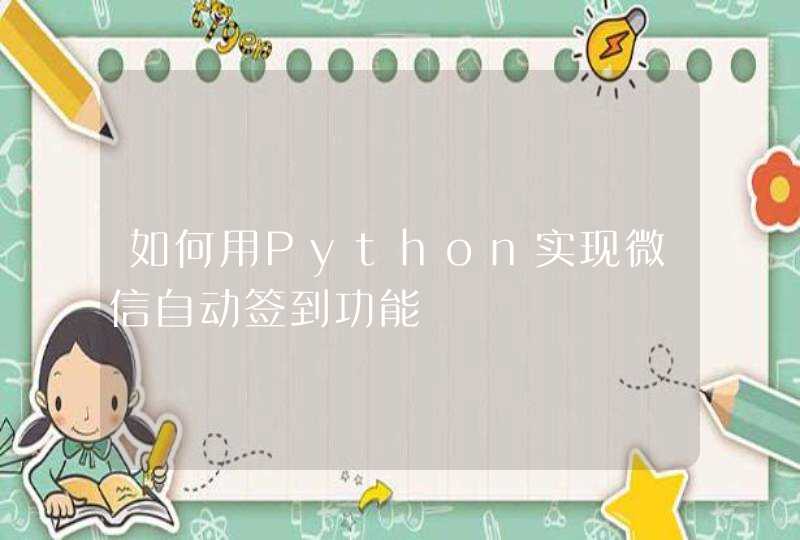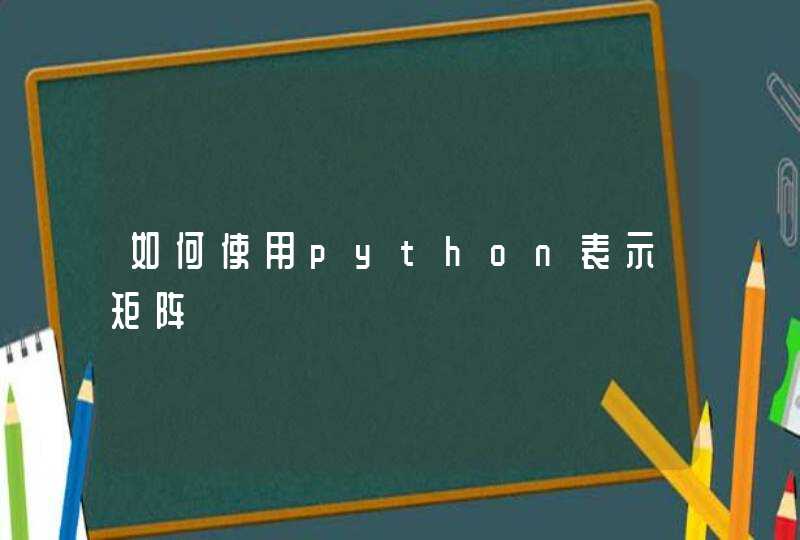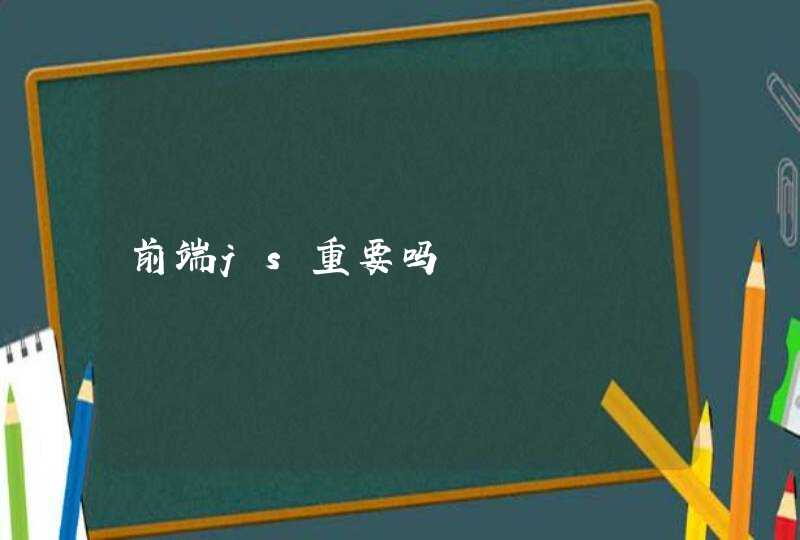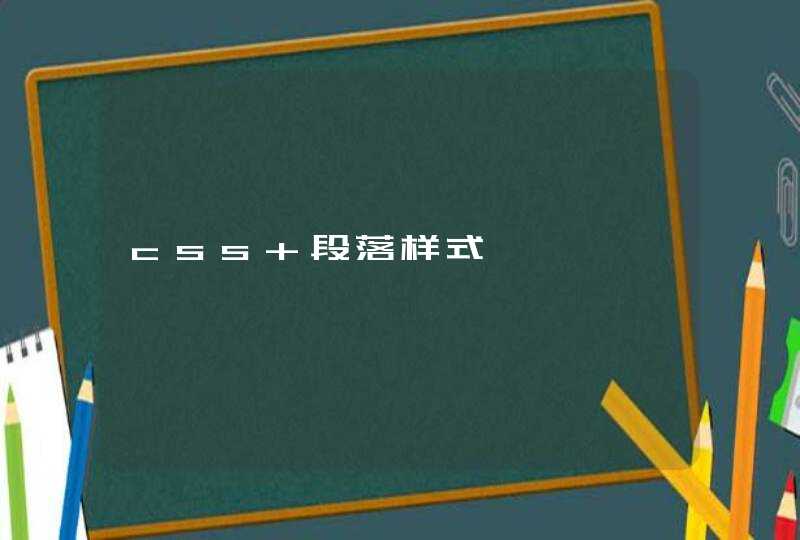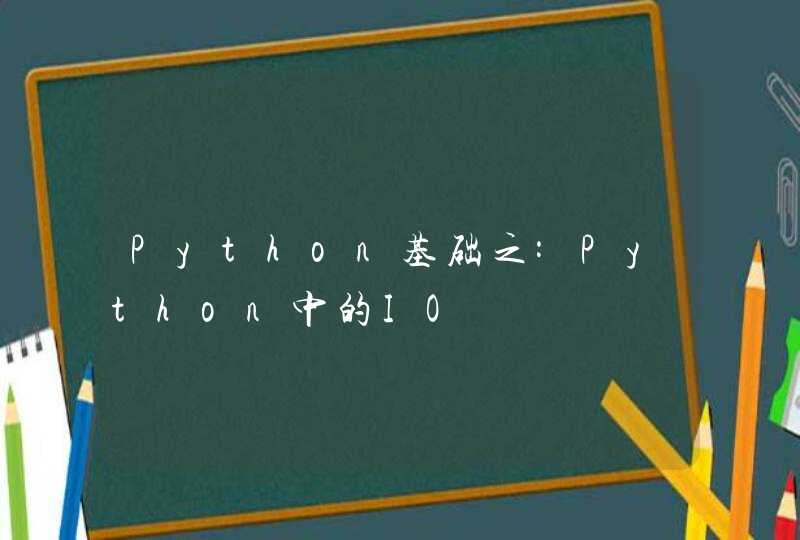
一.声卡录音的基本原理
为了实现一个录音的基本过程,至少需要以下对象的支持:
1. 录音设备,对我们的PC设备就是声卡。这个录音设备可以进行的操作应该有开始和关闭。
2. 缓冲区,也就是录制的声音放在哪里的问题。
二.DirectSound对录音的描述模型
1. DirectSound对录音的支持类
Ø Capture,设备对象,可以看作是声卡的描述。
Ø CaptureBuffer,缓冲区对象,存放录入的音频数据。
Ø Notify,事件通知对象,由于录音是一个长时间的过程,因此使用一个缓冲队列(多个缓冲区)接收数据,每当一个缓冲区满的时候,系统使用这个对象通知应用程序取走这个缓冲区,并继续录音。
以上三个对象是进行录音操作的主要对象,由于在C++中对DirectSound的操作DirectX帮助文档中已经有很详细的说明,这里就不再赘述了。本文是针对Managed Code。除了以上三个主要的DirectSound类,还需要以下几个辅助类。
Ø WaveFormat,描述了进行录制的声音波形的格式,例如采样率,单声道还是立体声,每个采样点的长度等等。
Ø Thread,线程类,由于录音的过程是需要不断处理缓冲区满的事件,因此新建一个线程对此进行单独处理。
Ø AutoResetEvent,通知的事件,当缓冲区满的时候,使用该事件作为通知事件。
三.代码解析(SoundRecord类)
1.需要引用的程序集
using System
using System.Windows.Forms
using System.Threading
using System.IO
// 对DirectSound的支持
using Microsoft.DirectX
using Microsoft.DirectX.DirectSound
2. SoundRecord的成员数据
public const int cNotifyNum = 16 // 缓冲队列的数目
private int mNextCaptureOffset = 0 // 该次录音缓冲区的起始点
private int mSampleCount = 0 // 录制的样本数目
private int mNotifySize = 0// 每次通知大小
private int mBufferSize = 0// 缓冲队列大小
private string mFileName = string.Empty// 文件名
private FileStream mWaveFile = null// 文件流
private BinaryWriter mWriter = null// 写文件
private Capture mCapDev = null // 音频捕捉设备
private CaptureBuffer mRecBuffer = null// 缓冲区对象
private Notify mNotify = null // 消息通知对象
private WaveFormat mWavFormat // 录音的格式
private Thread mNotifyThread = null// 处理缓冲区消息的线程
private AutoResetEvent mNotificationEvent = null // 通知事件
3. 对外操作的函数
/// <summary>
/// 构造函数,设定录音设备,设定录音格式.
/// </summary>
public SoundRecord()
{
// 初始化音频捕捉设备
InitCaptureDevice()
// 设定录音格式
mWavFormat = CreateWaveFormat()
}
/// <summary>
/// 设定录音结束后保存的文件,包括路径
/// </summary>
/// <param name="filename">保存wav文件的路径名</param>
public void SetFileName(string filename)
{
mFileName = filename
}
/// <summary>
/// 开始录音
/// </summary>
public void RecStart()
{
// 创建录音文件
CreateSoundFile()
// 创建一个录音缓冲区,并开始录音
CreateCaptureBuffer()
// 建立通知消息,当缓冲区满的时候处理方法
InitNotifications()
mRecBuffer.Start(true)
}
/// <summary>
/// 停止录音
/// </summary>
public void RecStop()
{
// 关闭通知消息
if (null != mNotificationEvent)
mNotificationEvent.Set()
// 停止录音
mRecBuffer.Stop()
// 写入缓冲区最后的数据
RecordCapturedData()
// 回写长度信息
mWriter.Seek(4, SeekOrigin.Begin)
mWriter.Write((int)(mSampleCount + 36)) // 写文件长度
mWriter.Seek(40, SeekOrigin.Begin)
mWriter.Write(mSampleCount) // 写数据长度
mWriter.Close()
mWaveFile.Close()
mWriter = null
mWaveFile = null
}
4.内部调用函数
/// <summary>
/// 初始化录音设备,此处使用主录音设备.
/// </summary>
/// <returns>调用成功返回true,否则返回false</returns>
private bool InitCaptureDevice()
{
// 获取默认音频捕捉设备
CaptureDevicesCollection devices = new CaptureDevicesCollection()// 枚举音频捕捉设备
Guid deviceGuid = Guid.Empty // 音频捕捉设备的ID
if (devices.Count>0)
deviceGuid = devices[0].DriverGuid
else
{
MessageBox.Show("系统中没有音频捕捉设备")
return false
}
// 用指定的捕捉设备创建Capture对象
try
{
mCapDev = new Capture(deviceGuid)
}
catch (DirectXException e)
{
MessageBox.Show(e.ToString())
return false
}
return true
}
/// <summary>
/// 创建录音格式,此处使用16bit,16KHz,Mono的录音格式
/// </summary>
/// <returns>WaveFormat结构体</returns>
private WaveFormat CreateWaveFormat()
{
WaveFormat format = new WaveFormat()
format.FormatTag = WaveFormatTag.Pcm // PCM
format.SamplesPerSecond = 16000 // 16KHz
format.BitsPerSample = 16 // 16Bit
format.Channels = 1 // Mono
format.BlockAlign = (short)(format.Channels * (format.BitsPerSample / 8))
format.AverageBytesPerSecond = format.BlockAlign * format.SamplesPerSecond
return format
}
/// <summary>
/// 创建录音使用的缓冲区
/// </summary>
private void CreateCaptureBuffer()
{
// 缓冲区的描述对象
CaptureBufferDescription bufferdescription = new CaptureBufferDescription()
if (null != mNotify)
{
mNotify.Dispose()
mNotify = null
}
if (null != mRecBuffer)
{
mRecBuffer.Dispose()
mRecBuffer = null
}
// 设定通知的大小,默认为1s钟
mNotifySize = (1024 >mWavFormat.AverageBytesPerSecond / 8) ? 1024 : (mWavFormat.AverageBytesPerSecond / 8)
mNotifySize -= mNotifySize % mWavFormat.BlockAlign
// 设定缓冲区大小
mBufferSize = mNotifySize * cNotifyNum
// 创建缓冲区描述
bufferdescription.BufferBytes = mBufferSize
bufferdescription.Format = mWavFormat // 录音格式
// 创建缓冲区
mRecBuffer = new CaptureBuffer(bufferdescription, mCapDev)
mNextCaptureOffset = 0
}
/// <summary>
/// 初始化通知事件,将原缓冲区分成16个缓冲队列,在每个缓冲队列的结束点设定通知点.
/// </summary>
/// <returns>是否成功</returns>
private bool InitNotifications()
{
if (null == mRecBuffer)
{
MessageBox.Show("未创建录音缓冲区")
return false
}
// 创建一个通知事件,当缓冲队列满了就激发该事件.
mNotificationEvent = new AutoResetEvent(false)
// 创建一个线程管理缓冲区事件
if (null == mNotifyThread)
{
mNotifyThread = new Thread(new ThreadStart(WaitThread))
mNotifyThread.Start()
}
// 设定通知的位置
BufferPositionNotify[] PositionNotify = new BufferPositionNotify[cNotifyNum + 1]
for (int i = 0i <cNotifyNumi++)
{
PositionNotify[i].Offset = (mNotifySize * i) + mNotifySize - 1
PositionNotify[i].EventNotifyHandle = mNotificationEvent.Handle
}
mNotify = new Notify(mRecBuffer)
mNotify.SetNotificationPositions(PositionNotify, cNotifyNum)
return true
}
/// <summary>
/// 将录制的数据写入wav文件
/// </summary>
private void RecordCapturedData()
{
byte[] CaptureData = null
int ReadPos
int CapturePos
int LockSize
mRecBuffer.GetCurrentPosition(out CapturePos, out ReadPos)
LockSize = ReadPos - mNextCaptureOffset
if (LockSize <0)
LockSize += mBufferSize
// 对齐缓冲区边界,实际上由于开始设定完整,这个操作是多余的.
LockSize -= (LockSize % mNotifySize)
if (0 == LockSize)
return
// 读取缓冲区内的数据
CaptureData = (byte[])mRecBuffer.Read(mNextCaptureOffset, typeof(byte), LockFlag.None, LockSize)
// 写入Wav文件
mWriter.Write(CaptureData, 0, CaptureData.Length)
// 更新已经录制的数据长度.
mSampleCount += CaptureData.Length
// 移动录制数据的起始点,通知消息只负责指示产生消息的位置,并不记录上次录制的位置
mNextCaptureOffset += CaptureData.Length
mNextCaptureOffset %= mBufferSize// Circular buffer
}
/// <summary>
/// 接收缓冲区满消息的处理线程
/// </summary>
private void WaitThread()
{
while(true)
{
// 等待缓冲区的通知消息
mNotificationEvent.WaitOne(Timeout.Infinite, true)
// 录制数据
RecordCapturedData()
}
}
/// <summary>
/// 创建保存的波形文件,并写入必要的文件头.
/// </summary>
private void CreateSoundFile()
{
/**************************************************************************
Here is where the file will be created. A
wave file is a RIFF file, which has chunks
of data that describe what the file contains.
A wave RIFF file is put together like this:
The 12 byte RIFF chunk is constructed like this:
Bytes 0 - 3 : 'R' 'I' 'F' 'F'
Bytes 4 - 7 : Length of file, minus the first 8 bytes of the RIFF description.
(4 bytes for "WAVE" + 24 bytes for format chunk length +
8 bytes for data chunk description + actual sample data size.)
Bytes 8 - 11: 'W' 'A' 'V' 'E'
The 24 byte FORMAT chunk is constructed like this:
Bytes 0 - 3 : 'f' 'm' 't' ' '
Bytes 4 - 7 : The format chunk length. This is always 16.
Bytes 8 - 9 : File padding. Always 1.
Bytes 10- 11: Number of channels. Either 1 for mono, or 2 for stereo.
Bytes 12- 15: Sample rate.
Bytes 16- 19: Number of bytes per second.
Bytes 20- 21: Bytes per sample. 1 for 8 bit mono, 2 for 8 bit stereo or
16 bit mono, 4 for 16 bit stereo.
Bytes 22- 23: Number of bits per sample.
The DATA chunk is constructed like this:
Bytes 0 - 3 : 'd' 'a' 't' 'a'
Bytes 4 - 7 : Length of data, in bytes.
Bytes 8 -...: Actual sample data.
***************************************************************************/
// Open up the wave file for writing.
mWaveFile = new FileStream(mFileName, FileMode.Create)
mWriter = new BinaryWriter(mWaveFile)
// Set up file with RIFF chunk info.
char[] ChunkRiff = {'R','I','F','F'}
char[] ChunkType = {'W','A','V','E'}
char[] ChunkFmt = {'f','m','t',' '}
char[] ChunkData = {'d','a','t','a'}
short shPad = 1 // File padding
int nFormatChunkLength = 0x10// Format chunk length.
int nLength = 0 // File length, minus first 8 bytes of RIFF description. This will be filled in later.
short shBytesPerSample = 0// Bytes per sample.
// 一个样本点的字节数目
if (8 == mWavFormat.BitsPerSample &&1 == mWavFormat.Channels)
shBytesPerSample = 1
else if ((8 == mWavFormat.BitsPerSample &&2 == mWavFormat.Channels) || (16 == mWavFormat.BitsPerSample &&1 == mWavFormat.Channels))
shBytesPerSample = 2
else if (16 == mWavFormat.BitsPerSample &&2 == mWavFormat.Channels)
shBytesPerSample = 4
// RIFF 块
mWriter.Write(ChunkRiff)
mWriter.Write(nLength)
mWriter.Write(ChunkType)
// WAVE块
mWriter.Write(ChunkFmt)
mWriter.Write(nFormatChunkLength)
mWriter.Write(shPad)
mWriter.Write(mWavFormat.Channels)
mWriter.Write(mWavFormat.SamplesPerSecond)
mWriter.Write(mWavFormat.AverageBytesPerSecond)
mWriter.Write(shBytesPerSample)
mWriter.Write(mWavFormat.BitsPerSample)
// 数据块
mWriter.Write(ChunkData)
mWriter.Write((int)0) // The sample length will be written in later.
}
5.外部窗体调用方式
声明部分:
private SoundRecord recorder = null // 录音
窗体构造函数:
recorder = new SoundRecord()
启动录音按钮:
private void btnStart_Click(object sender, System.EventArgs e)
{
//
// 录音设置
//
string wavfile = null
wavfile = “test.wav”
recorder.SetFileName(wavfile)
recorder.RecStart()
}
中止录音按钮:
private void btnStop_Click(object sender, System.EventArgs e)
{
recorder.RecStop()
recorder = null
}
6.需要添加的外部引用文件
在系统的System32目录下添加以下两个引用文件,如果没有,在DirectX的开发包内可以找到。
Microsoft.DirectX.dll
Microsoft.DirectX.DirectSound.dll
#include <conio.h>#include <math.h>
#include <process.h>
#define N 5//N个点
#define T 3 //T次拟合
#define W 1//权函数
#define PRECISION 0.00001
float pow_n(float a,int n)
{
int i
if(n==0)
return(1)
float res=a
for(i=1i<ni++)
{
res*=a
}
return(res)
}
void mutiple(float a[][N],float b[][T+1],float c[][T+1])
{
float res=0
int i,j,k
for(i=0i<T+1i++)
for(j=0j<T+1j++)
{
res=0
for(k=0k<Nk++)
{
res+=a[i][k]*b[k][j]
c[i][j]=res
}
}
}
void matrix_trans(float a[][T+1],float b[][N])
{
int i,j
for(i=0i<Ni++)
{
for(j=0j<T+1j++)
{
b[j][i]=a[i][j]
}
}
}
void init(float x_y[][2],int n)
{
int i
printf("请输入%d个已知点:\n",N)
for(i=0i<ni++)
{
printf("(x%d y%d):",i,i)
scanf("%f %f",&x_y[i][0],&x_y[i][1])
}
}
void get_A(float matrix_A[][T+1],float x_y[][2],int n)
{
int i,j
for(i=0i<Ni++)
{
for(j=0j<T+1j++)
{
matrix_A[i][j]=W*pow_n(x_y[i][0],j)
}
}
}
void print_array(float array[][T+1],int n)
{
int i,j
for(i=0i<ni++)
{
for(j=0j<T+1j++)
{
printf("%-g",array[i][j])
}
printf("\n")
}
}
void convert(float argu[][T+2],int n)
{
int i,j,k,p,t
float rate,temp
for(i=1i<ni++)
{
for(j=ij<nj++)
{
if(argu[i-1][i-1]==0)
{
for(p=ip<np++)
{
if(argu[p][i-1]!=0)
break
}
if(p==n)
{
printf("方程组无解!\n")
exit(0)
}
for(t=0t<n+1t++)
{
temp=argu[i-1][t]
argu[i-1][t]=argu[p][t]
argu[p][t]=temp
}
}
rate=argu[j][i-1]/argu[i-1][i-1]
for(k=i-1k<n+1k++)
{
argu[j][k]-=argu[i-1][k]*rate
if(fabs(argu[j][k])<=PRECISION)
argu[j][k]=0
}
}
}
}
void compute(float argu[][T+2],int n,float root[])
{
int i,j
float temp
for(i=n-1i>=0i--)
{
temp=argu[i][n]
for(j=n-1j>ij--)
{
temp-=argu[i][j]*root[j]
}
root[i]=temp/argu[i][i]
}
}
void get_y(float trans_A[][N],float x_y[][2],float y[],int n)
{
int i,j
float temp
for(i=0i<ni++)
{
temp=0
for(j=0j<Nj++)
{
temp+=trans_A[i][j]*x_y[j][1]
}
y[i]=temp
}
}
void cons_formula(float coef_A[][T+1],float y[],float coef_form[][T+2])
{
int i,j
for(i=0i<T+1i++)
{
for(j=0j<T+2j++)
{
if(j==T+1)
coef_form[i][j]=y[i]
else
coef_form[i][j]=coef_A[i][j]
}
}
}
void print_root(float a[],int n)
{
int i,j
printf("%d个点的%d次拟合的多项式系数为:\n",N,T)
for(i=0i<ni++)
{
printf("a[%d]=%g,",i+1,a[i])
}
printf("\n")
printf("拟合曲线方程为:\ny(x)=%g",a[0])
for(i=1i<ni++)
{
printf(" + %g",a[i])
for(j=0j<ij++)
{
printf("*X")
}
}
printf("\n")
}
void process()
{
float x_y[N][2],matrix_A[N][T+1],trans_A[T+1][N],coef_A[T+1][T+1],coef_formu[T+1][T+2],y[T+1],a[T+1]
init(x_y,N)
get_A(matrix_A,x_y,N)
printf("矩阵A为:\n")
print_array(matrix_A,N)
matrix_trans(matrix_A,trans_A)
mutiple(trans_A,matrix_A,coef_A)
printf("法矩阵为:\n")
print_array(coef_A,T+1)
get_y(trans_A,x_y,y,T+1)
cons_formula(coef_A,y,coef_formu)
convert(coef_formu,T+1)
compute(coef_formu,T+1,a)
print_root(a,T+1)
}
void main()
{
process()
}
]]>
</Content>
<PostDateTime>2007-4-19 19:23:57</PostDateTime>
</Reply>
<Reply>
<PostUserNickName></PostUserNickName>
<rank>一级(初级)</rank>
<ranknum>user1</ranknum>
<credit>100</credit>
<ReplyID>40389872</ReplyID>
<TopicID>5478010</TopicID>
<PostUserId>1526752</PostUserId>
<PostUserName>jiangxc2004</PostUserName>
<Point>0</Point>
<Content>
<![CDATA[
你可以改一下
不从终端输入,直接在程序中给出参数
请输入5个已知点:
(x0 y0):-2 -0.1
(x1 y1):-1 0.1
(x2 y2):0 0.4
(x3 y3):1 0.9
(x4 y4):2 1.6
矩阵A为:
1 -2 4 -8
1 -1 1 -1
1 0 0 0
1 1 1 1
1 2 4 8
法矩阵为:
5 0 10 0
0 10 0 34
10 0 34 0
0 34 0 130
5个点的3次拟合的多项式系数为:
a[1]=0.408571, a[2]=0.391667, a[3]=0.0857143, a[4]=0.00833333,
拟合曲线方程为:
y(x)=0.408571 + 0.391667*X + 0.0857143*X*X + 0.00833333*X*X*X
]]>
</Content>
<PostDateTime>2007-4-19 19:26:11</PostDateTime>
</Reply>
<Reply>
<PostUserNickName></PostUserNickName>
<rank>一级(初级)</rank>
<ranknum>user1</ranknum>
<credit>100</credit>
<ReplyID>40390406</ReplyID>
<TopicID>5478010</TopicID>
<PostUserId>1526752</PostUserId>
<PostUserName>jiangxc2004</PostUserName>
<Point>0</Point>
<Content>
<







